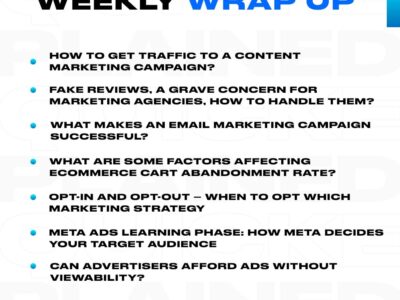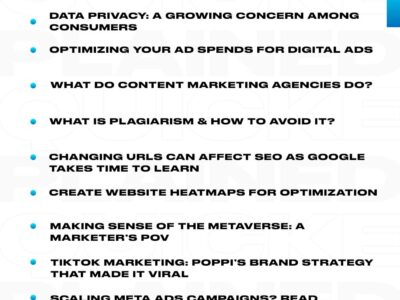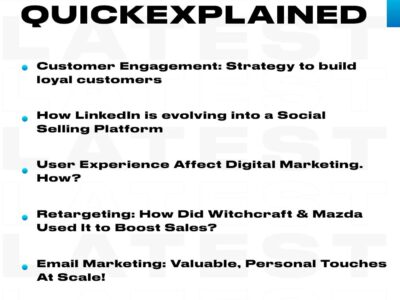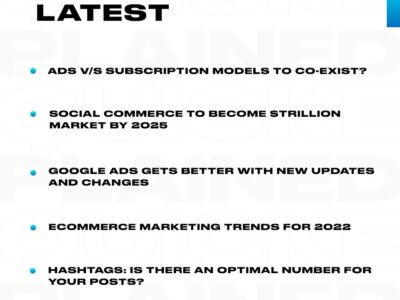In the era of smartphone apps, we are slowly moving away from the browser. Though the internet was invented much earlier than smartphones, its penetration in terms of users is much less.
53% of people worldwide use the internet, whereas mobile devices have penetrated as much as 68%. It is because apps provide a customised and friendly user experience that web browsers can’t. Earlier, users had to navigate from apps to browsers while searching relevant web content. However, nowadays, in-app browsers have taken their place.
What are in-app browsers?
In-app browsers are browsers incorporated inside apps. They provide access to the web content directly on the app. However, it is not the content users usually find on search engines. The app developers smartly show only the relevant or profitable data for them. It is possible as the apps store information on the webserver. It means that when users tap a button to find something, they don’t browse but only get a web view of the stored data. By doing so, they prevent the users from getting distracted.
Popular social media platforms like Facebook and Twitter use the same trick to stop users from navigating outside their apps. The main benefits of in-app browsers are stated below:
Loads faster
Web browsers can be technically faster than in-app browsers. However, when you utilise web browsers, the pages load slowly due to the heavy traffic and load on the server.
On the contrary, in-app browsing tools load information faster. It is because the user accesses only a particular data. It enhances the user experience and allows developers to control the user interface. As a marketing professional, use this to improve the user experience.
Beneficial for Marketers
In-app browsers are especially helpful from the marketing point of view. As a marketer, you can ask developers to incorporate in-app browsing tools while developing apps for clients. It will increase the time a user spends on your client’s apps. Impress your clients by saying that only a few companies like Twitter and Facebook have access to these services.
Customising UI
Controlling and customising the UI is possible through in-app browsers. Integrating these browsers, only upload web content or URL on a server. When a user clicks on a specific button or tab, the HTML page will open. You can control what to show on this page through the host application.
As a marketing professional, ask your developers to customise the user interface from another browser. You can use this opportunity to showcase content as per specific user cases. Customising UI and content will allow you to target specific audience niches easily.
Challenges faced while integrating in-app browsers
Increases workload of developers
Integrating in-app browsers is not a tough assignment. However, the app developers have to put in a lot of effort to provide a better user experience. They have to integrate both basic and advanced features to impress the users. The features such as cookies, bookmarking, private browsing, reader mode, etc., are a must. Also, these features need to be upgraded from time to time to keep the users interested in the app.
Moreover, for influencing users to take specific action via a mobile app, the developers have to create advanced pages and options.
Lack of sharing methods
In-app browsers don’t provide the facility of sharing content. Also, users cannot save the URL or pages that they like. Also, their data can be at risk as in-app browsing empowers the publishers and ignores some basic security features.
Conclusion
In-app browsers are here to stay for a long time. As a marketing professional, you can provide seamless content to the app’s users. You can coax them into giving more details and utilise this to target future audiences. However, there are some challenges as well that we have discussed above. Therefore, you have to use it carefully to benefit your clientele.








Comments